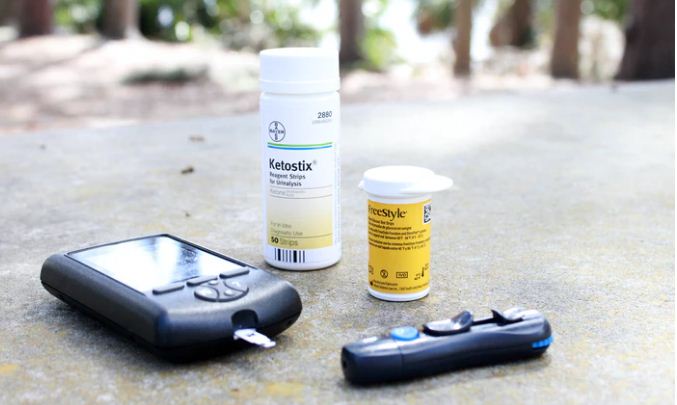Diabetes is a chronic incurable disease that has reached almost epidemic proportions today and continues to grow in leaps and bounds.
What’s even scarier is that symptoms of diabetes are easy to miss and many sufferers may not even know they have the disease.
As a result, it is likely that the already frightening statistics actually underestimate the true extent of the problem.
Diabetics are unable to produce sufficient insulin or are unable to effectively use insulin. This leads to elevated levels of Blood Glucose.
There are two main types of diabetes:
Type 1 diabetes – This is also known as insulin-dependent diabetes since treatment usually involves insulin injections.
It is also known as juvenile diabetes as it usually strikes adolescents and children. In this type of diabetes, the cells in the pancreas are destroyed by the immune system as a result of autoimmune response and are therefore unable to produce insulin.
Type 2 Diabetes – also know as Non-insulin Dependent Diabetes Mellitus. Here the patient’s pancreas is able to produce insulin but the cells are unable to effectively use it to control levels of blood sugar.
Over 90% of all diabetics suffer from type 2 diabetes. Although there is much yet to be learned about diabetes and its causes it is clear that diabetes type 2 is very much related to lifestyle.
Risk factors for type 2 diabetes include:
Aging – Type 2 diabetes is also referred to as adult-onset diabetes and incidence increases with age usually striking after the age of 40.
Obesity – Being overweight increases the risk of diabetes greatly especially if combined with High Blood pressure (hypertension), low levels of good (HDL) cholesterol, and high levels of bad (LDL) cholesterol.
Family members with diabetes – A sibling or parent with diabetes increases your chances considerably.
Certain ethnic groups have a much higher incidence of diabetes. Native Americans have a higher incidence than the general population, for instance, the Pima Indians of Arizona have a rate over 10 times higher than the general US population.
Asian and Pacific Islanders, African Americans, and Hispanics are also more likely to contract diabetes.
History of gestational diabetes or delivering a high birth weight baby also increases risk. Gestational diabetes is a temporary state where a woman may display symptoms of diabetes during pregnancy.
So what can be done to avoid type 2 diabetes?
Although genes and heredity do play a part in diabetes it is clear that lifestyle factors play a significant role.
More sedentary lifestyles coupled with high fat “fast food” diets of the developed world are the primary cause of the huge increase in diabetes in recent years.
Changing to a healthy diet and reducing weight will significantly reduce the risk of diabetes. It is recommended that not more than 30% of total daily calories should come from fat and saturated fats should not exceed 10% of daily intake.
50 to 60% of daily calories should come from carbohydrates and fiber intake should be at least 20 grams per day.
Even moderate levels of regular physical activity can help reduce risk. While exercise regimens should be based on individual needs and fitness levels as a general rule 30 minutes of moderate exercise five times a week will have multiple benefits in reducing weight as well as blood pressure and cholesterol.
Diet and appropriate physical exercise, a healthy balanced lifestyle, and avoidance of stress are without a doubt the most effective means of avoiding diabetes.
Where preventative measures come too late or are not effective medication may be required. In the case of Type 1 diabetes since the body is no longer able to produce insulin, insulin replacement therapy usually in the form of regular injections will be inevitable.
However, in the case of non-insulin-dependent diabetes (Type 2) a variety of treatment options are available.
Where blood glucose levels are not very high patients may be able to maintain control through carefully monitored diet and exercise.
In other cases a wide range of oral medications is available. However, each of these medications has its own side effects and their efficacy will diminish over time requiring higher doses and or other drugs in order to maintain effective control of blood glucose levels.
They may eventually need to be replaced with insulin therapy.
The effects of diabetes can be far-reaching affecting almost every organ in the body, chief among them being increased risk of cardiovascular disease, retinopathy which could result in blindness, neuropathy affecting the nervous system.
Given that there is currently no cure for diabetes this is clearly an instance where prevention is the key.

